College hosts straight talk and plans for the future in new normal
Following a rise in public awareness, two health programs respond with significant conversations and new diversity committee.
Janel Shoun-Smith | 615.966.7078 |
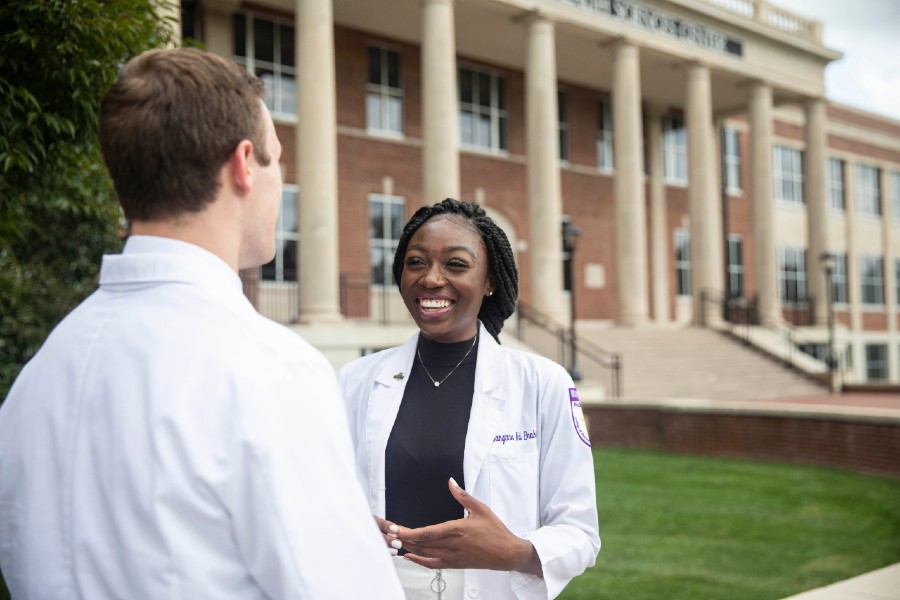
Following the spring uprisings nationally after the death of George Floyd, Lipscomb University’s colleges and departments responded with plans and new groups to encourage diversity on campus and significant conversations among faculty, alumni and students.
The College of Pharmacy & Health Sciences has established a new diversity committee in the pharmacy college, and students in the physician assistant studies program hosted their own forum to discuss diversity issues.
Pharmacy committee will celebrate and assess college’s ongoing diversity efforts
In September, the first members were installed of the Lipscomb College of Pharmacy Diversity and Inclusion Committee. The committee was born out of student and faculty interest this past summer and the College of Pharmacy dean’s commitment to diversity, equity, inclusion, and mutual respect within the college.
According to committee chair Kamala Nola, professor, the goal of the committee is to assess the College’s ongoing commitment to inclusion and mutual respect for diversity, internally and externally, in cultural competency, celebration of diversity, justice and advocacy, educational initiatives and implementing change.
“The College of Pharmacy has been celebrating its diversity for a long time, but those efforts have not always been evident to our community at large,” said Nola. “One of the things the committee will do is highlight those efforts in order to assess what we can improve on or enhance. Communication is something we can always do better.”
Over the years the College of Pharmacy has offered pharmacy students opportunities to carry out clinical work in urban, rural and low-income areas locally and through medical mission trips in Tennessee and to disadvantaged nations. Student pharmacists serve varying ethnicities, races and income groups in an effort better prepare them as pharmacists, Nola said.
In addition, student events such as an annual on-campus cultural fair highlight the diversity within the pharmacy student body itself. Faculty and staff training have been held to promote an outward mindset within the college.
“As a college, we have been blessed with faculty, staff and student pharmacists who have been committed to providing compassionate care to all, but especially to those who live in underserved areas in our community and in foreign lands,” said Tom Campbell, dean of the College of Pharmacy. “Likewise, from the very start of this college one of the pillars of our strategic plan was to recruit and enroll minority candidates so that we would continue to grow a diverse student body with many unique skill sets and traits. The college has also made a conscious effort to assure we had representation from minority student pharmacists on various committees and work groups.”
Since 2017, the College of Pharmacy’s minority student population has ranged from 30.88% to 35.62% of the student body.
“While we have had tremendous success in these areas, we needed to do more,” said Campbell. “The college wants to be more intentional in listening, learning and advocating for change so that every member of our society is valued and treated justly.
“This committee is going to be an important step forward for the college in how we will continue to grow and progress as a leader in the profession of pharmacy. I am excited about the contributions this committee will bring to the college, the university and the profession.”
Six students, three alumni or external stakeholders, three faculty members and a staff member were selected for the committee, Nola said. The Lipscomb student president of the Student National Pharmacists Association will be a liaison to the committee, as that organization focuses on improvement of the health, educational and social environment of minority communities.
Members of the Pharmacy Committee on Diversity & Inclusion
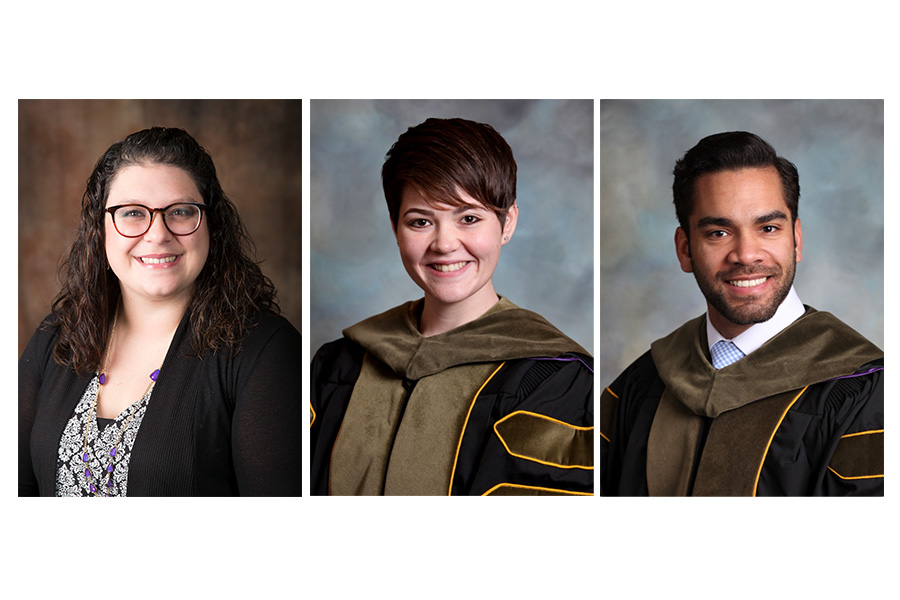
Nena Bowman, Lindsey Campbell, Timothy Cotton
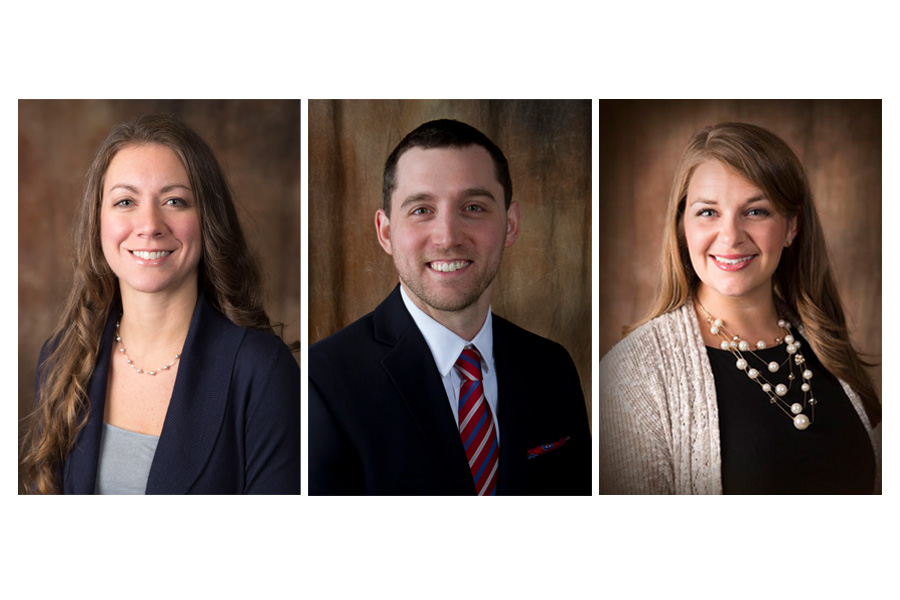
Rachel Crouch, Nate Daniels, Robin Parker
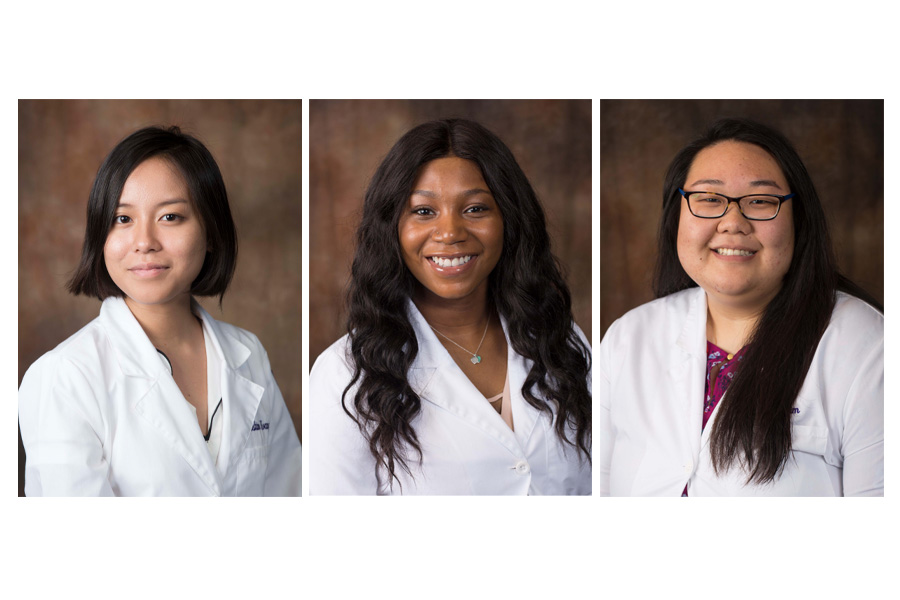
Kristine Hoang, Terrice Hooks, Sofia Kim
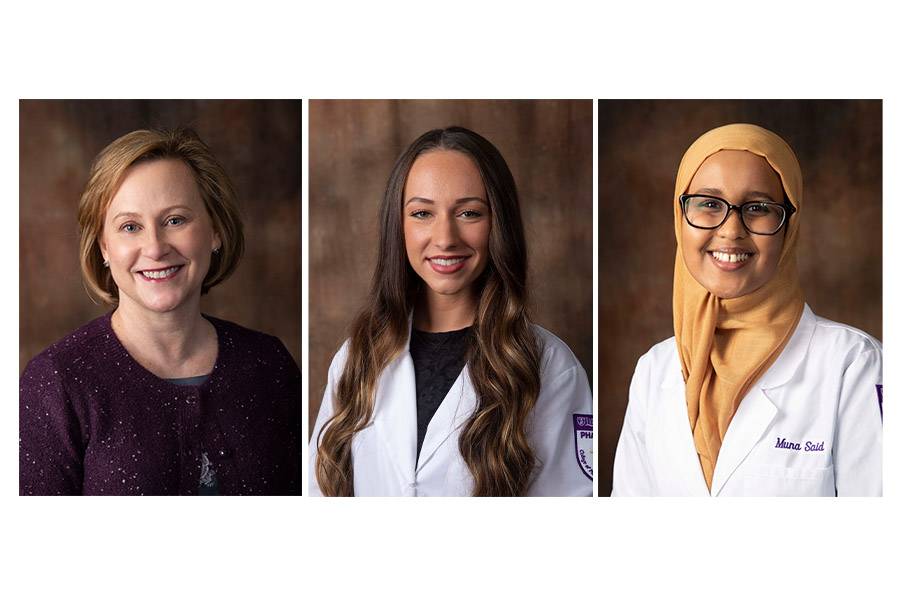
Kam Nola, Jesse Robinson, Muna Said
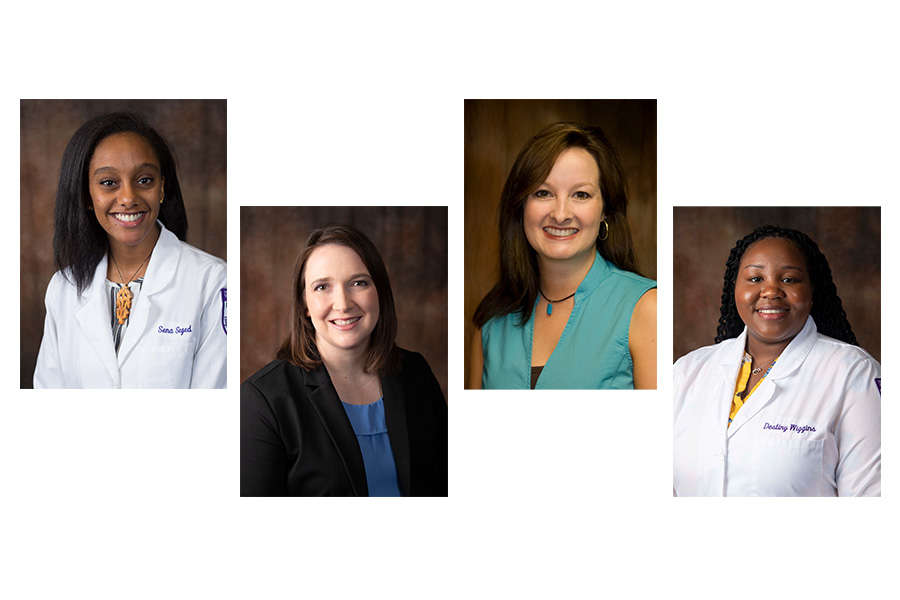
Sena Seged, Sarah Uroza, Laura Ward, Destiny Wiggin
National town hall inspires student to host an on-campus discussion for aspiring PAs
Students took the lead this summer in discussing awareness of racism and how to deal with it in the College of Pharmacy & Health Sciences’ physician assistant studies master’s program by holding a town hall gathering.
After three of their number were tapped to attend a national PA student town hall organized by the Physician Assistant Education Association (PAEA) in the wake of the George Floyd nationwide protests, Lipscomb’s PA students were inspired to hold a town hall for the university’s two PA cohorts, made up of 74 students.
Three Lipscomb students, along with about 1,000 others from across the nation, attended the national town hall held by PAEA, a national organization representing all the accredited physician assistant educational programs in the country.
The students found it eye-opening to hear about what other schools were doing in regards to diversity awareness and about students’ experiences in health care nationwide. Participants in the national town hall emphasized the value of simply holding conversations or education to assure the issue is not silenced within health care education.
Some PA programs have extensive cultural competency integrated into their curriculum, the students learned.
After that experience, a small group of PA students began meeting informally to talk about ways Lipscomb’s program could better address diversity issues. The group decided that a town hall discussion for all of Lipscomb’s PA students would be valuable. The event was held on July 6.
“Our PA students were admirably proactive and truly forward-thinking in recognizing the need to explore how issues of race and cultural diversity affect not only their own education and future career, but also their patients and the care they are providing them in their current clinical placements and in their future professional positions,” said Stephen Heffington, director of the PA program who attended the town hall to hear students’ comments. “Throughout the discussion their comments were focused on learning more, embracing others and providing the best quality care.”
Students discussed ways that more diversity issues could be included in the PA programs’ ethics course, with built-in activities to encourage more discussion among students. Because of the PA students’ heavy workload, with both academic course work and clinical placements, participants mused about ways that students could be “given time to care about such issues” by building in thought-provoking activities or official encouragement to attend culturally engaging events or activities within the program.
Students in Lipscomb’s first PA cohort, who have been placed at clinical locations for several months, shared their experiences with racism and racial diversity out in the health care field, noting that sometimes students who witness or experience racism in their clinical placement do not feel that they can speak up about it, because the preceptor will be evaluating them for a grade.
After the town hall, the PA students made four recommendations to program leaders:
- Creating a diversity committee and chair within the PA program’s student government association, which is currently being enacted;
- Adding more multicultural education to the PA ethics and medical communication courses;
- Providing additional language in the student handbook that addresses the proper process to report racism experienced at a clinical site; and
- A long-term goal to promote more ethnic diversity among the faculty and staff.